Related Research Articles
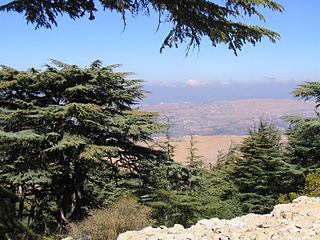
Cedrus, with the common English name cedar, is a genus of coniferous trees in the plant family Pinaceae. They are native to the mountains of the western Himalayas and the Mediterranean region, occurring at altitudes of 1,500–3,200 m in the Himalayas and 1,000–2,200 m in the Mediterranean.
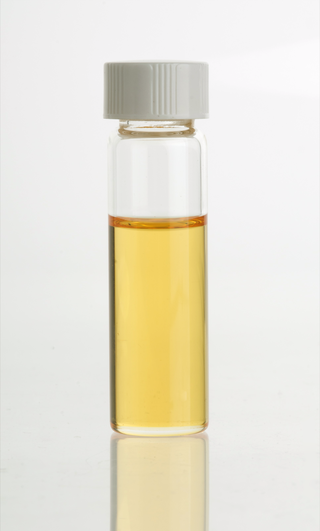
Cedar oil, also known as cedarwood oil, is an essential oil derived from various types of conifers, most in the pine or cypress botanical families. It is produced from the foliage, and sometimes the wood, roots, and stumps left after logging of trees for timber. It has many uses in art, industry, and perfumery, and while the characteristics of oils derived from various species may vary, all have some degree of pesticidal effects.
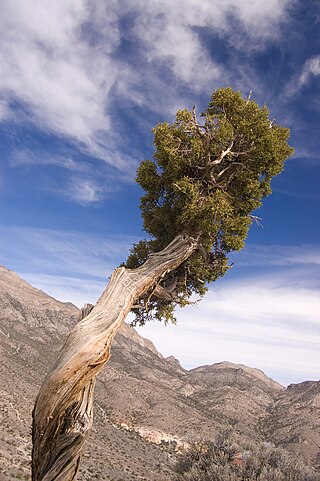
Junipers are coniferous trees and shrubs in the genus Juniperus of the cypress family Cupressaceae. Depending on the taxonomy, between 50 and 67 species of junipers are widely distributed throughout the Northern Hemisphere, from the Arctic, south to tropical Africa, throughout parts of western, central and southern Asia, east to eastern Tibet in the Old World, and in the mountains of Central America. The highest-known juniper forest occurs at an altitude of 4,900 metres (16,100 ft) in southeastern Tibet and the northern Himalayas, creating one of the highest tree lines on earth.
Cypress is a common name for various coniferous trees or shrubs of northern temperate regions that belong to the family Cupressaceae. The word cypress is derived from Old French cipres, which was imported from Latin cypressus, the latinisation of the Greek κυπάρισσος (kyparissos). Cypress trees are a large classification of conifers, encompassing the trees and shrubs from the cypress family (Cupressaceae) and many others with the word cypress in their common name. Many cypress trees have needle-like, evergreen foliage and acorn-like seed cones.
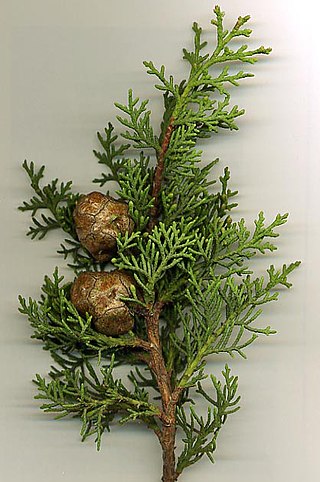
Cupressaceae is a conifer family, the cypress, with worldwide distribution. The family includes 27–30 genera, which include the junipers and redwoods, with about 130–140 species in total. They are monoecious, subdioecious or (rarely) dioecious trees and shrubs up to 116 m (381 ft) tall. The bark of mature trees is commonly orange- to red-brown and of stringy texture, often flaking or peeling in vertical strips, but smooth, scaly or hard and square-cracked in some species.

Callitropsis nootkatensis, formerly known as Cupressus nootkatensis, is a species of tree in the cypress family native to the coastal regions of northwestern North America. This species goes by many common names including: Nootka cypress, yellow cypress, Alaska cypress, Nootka cedar, yellow cedar, Alaska cedar, and Alaska yellow cedar. The specific epithet nootkatensis is derived from its discovery by Europeans on the lands of a First Nation of Canada, the Nuu-chah-nulth people of Vancouver Island, British Columbia, who were formerly referred to as the Nootka.
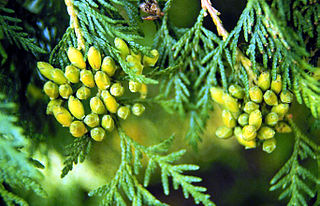
Thuja occidentalis, also known as northern white-cedar, eastern white-cedar, or arborvitae, is an evergreen coniferous tree, in the cypress family Cupressaceae, which is native to eastern Canada and much of the north-central and northeastern United States. It is widely cultivated as an ornamental plant. It is not to be confused with Juniperus virginiana.

Calocedrus, the incense cedar, is a genus of coniferous trees in the cypress family Cupressaceae first described as a genus in 1873. Three species are native to eastern Asia and one to western North America.
White cedar may refer to several different trees:

Peavy Arboretum is an arboretum operated by Oregon State University and located on Arboretum Road, Corvallis, Oregon. It is open to the public daily without charge.
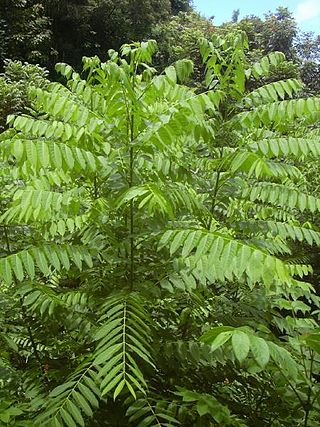
Cedrela odorata, commonly known as Spanish cedar, Cuban cedar, or cedro in Spanish, is a commercially important species of tree in the chinaberry family, Meliaceae native to the Neotropics.

Callophrys gryneus, the juniper hairstreak or olive hairstreak, is a butterfly native to North America. It belongs in the family Lycaenidae.
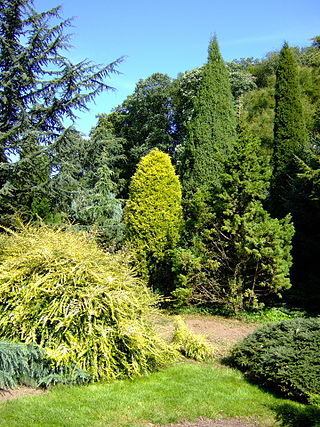
The Arboretum Park Härle is a nonprofit arboretum located on the slopes of the Rhine Valley between Bonn and the Seven Mountains at Büchelstraße 40, Bonn, North Rhine-Westphalia, Germany. It is open twice a month during the warmer months; admission is free.

Thujaplicins are a series of tropolone-related chemical substances that have been isolated from the softwoods of the trees of Cupressaceae family. These compounds are known for their antibacterial, antifungal, and antioxidant properties. They were the first natural tropolones to be made synthetically.

Hinokitiol (β-thujaplicin) is a natural monoterpenoid found in the wood of trees in the family Cupressaceae. It is a tropolone derivative and one of the thujaplicins. Hinokitiol is used in oral and skin care products, and is a food additive used in Japan.
Swamp cedar may refer to:

Mihrabat Nature Park is a nature park located on the Asian part in Beykoz district of Istanbul Province, Turkey.
References
- ↑ "Cedrus - The True Cedars". U.S. Forest Service.
- ↑ "Cedar Confusion". www.wood-database.com/. The Wood Database. Retrieved 2023-11-27.
- ↑ "False Cedars (Calocedrus, Thuja, Chamaecyparis)". Oregon State University.